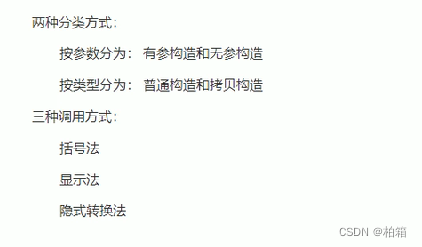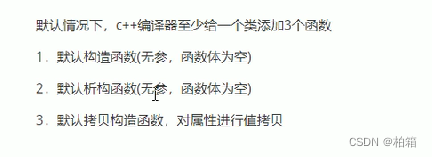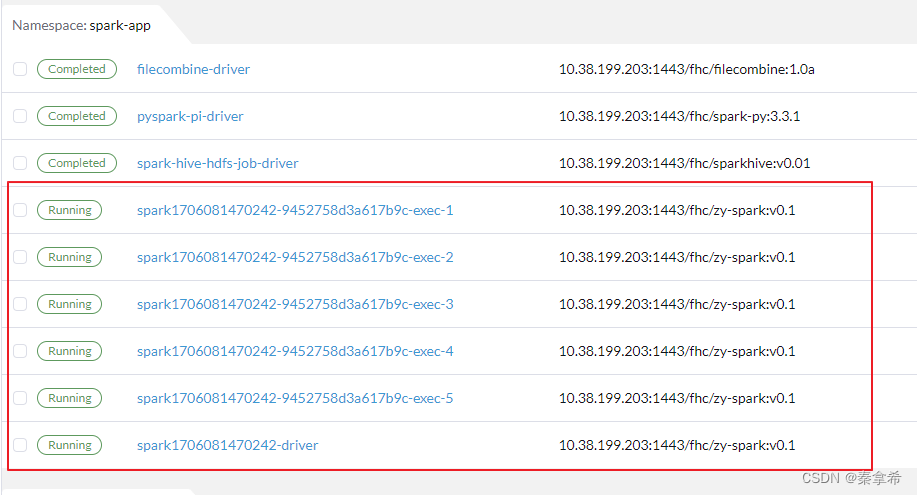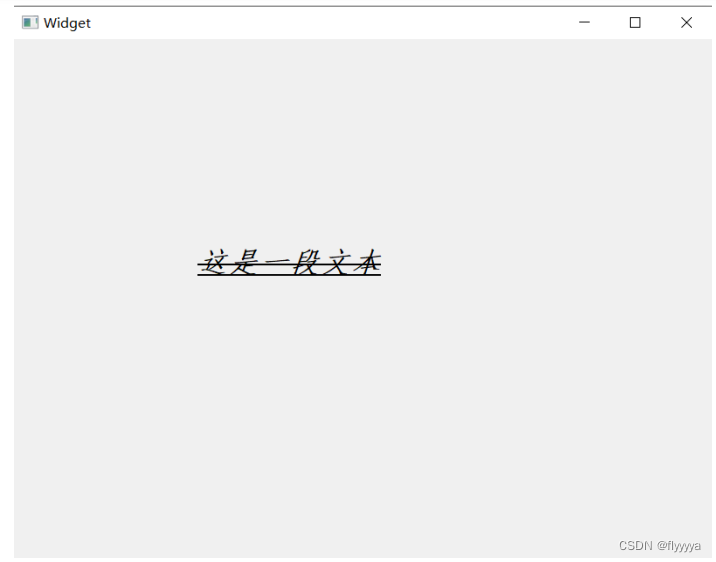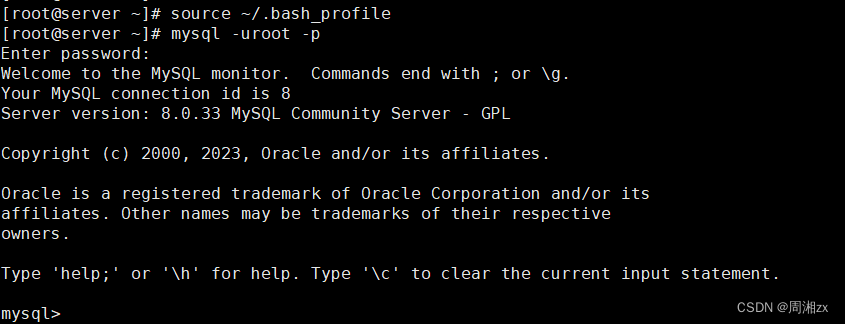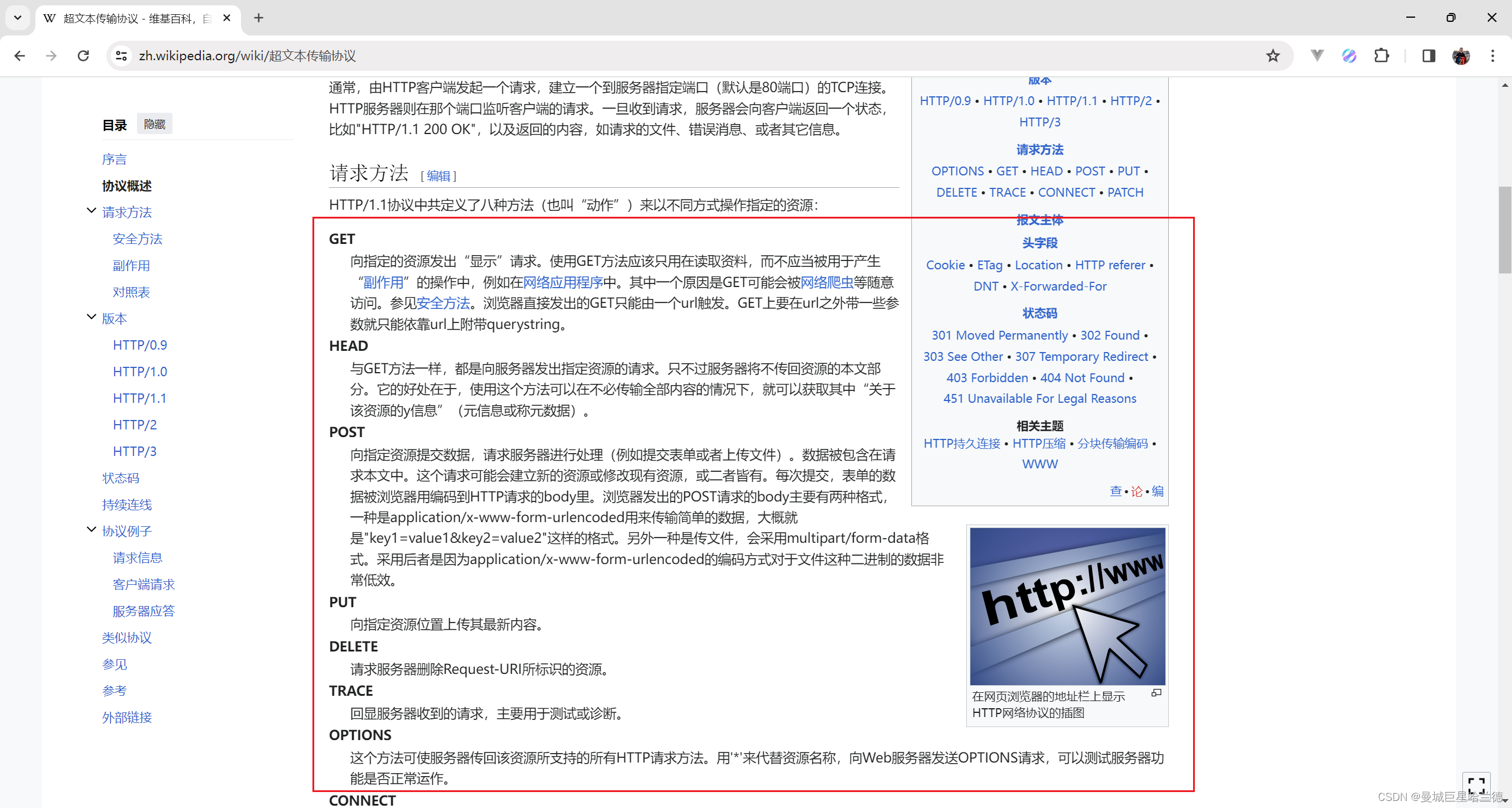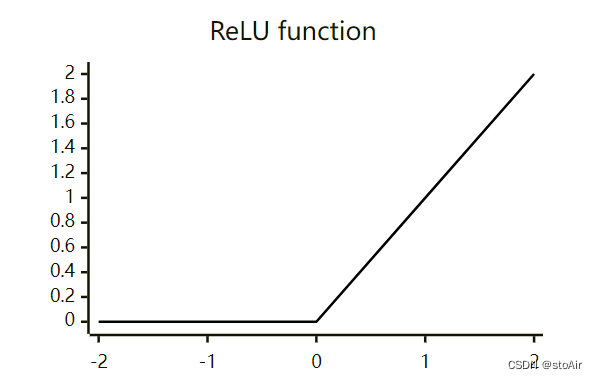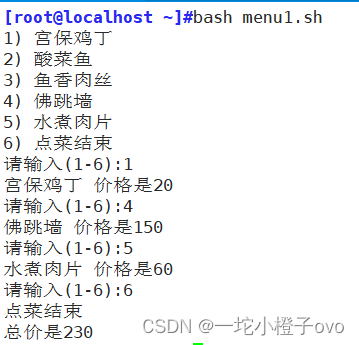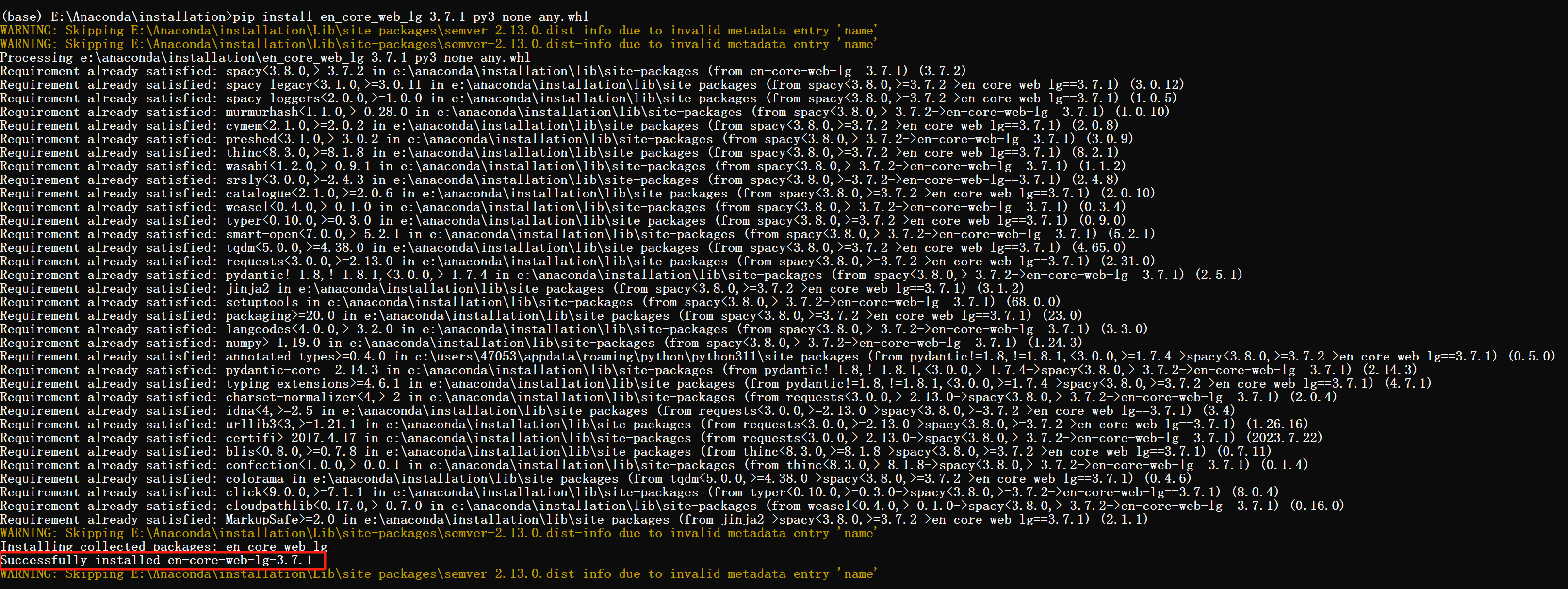目录
1.构造函数和析构函数
1.构造函数,进行初始化
2.析构函数,进行清理
2.构造函数的分类及调用
1.括号法
注意:
2.显示法
3.隐式转化法
匿名对象
3.拷贝构造函数调用时机
4.构造函数调用规则
1.定义有参构造函数,不提供默认无参构造,会默认提供拷贝构造
2.定义拷贝构造函数,不会提供其他构造函数
1.构造函数和析构函数
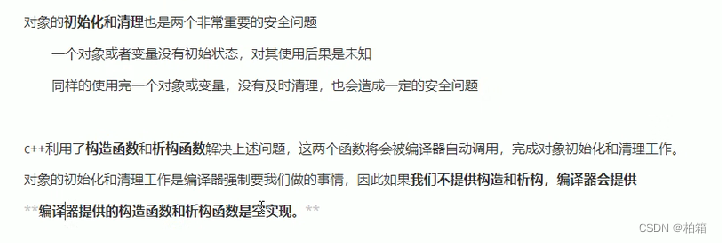
如果我们不写,编译器提供的是空实现 ,即这两种函数存在,但里面什么都没写

1.构造函数,进行初始化
下为代码演示:
#include<bits/stdc++.h>
using namespace std;
using ll = long long;
class person
{
public:
person(){
cout << "调用了一次";
}
};
void test(){
person p;
//会自动调用一次构造函数
}
int main(){
ios::sync_with_stdio(0),cin.tie(0),cout.tie(0);
test();
return 0;
}
2.析构函数,进行清理
#include<bits/stdc++.h>
using namespace std;
using ll = long long;
class person
{
public:
person(){
cout << "调用了一次" << '\n';
}
~person(){
cout << "析构函数调用" << endl;
}
};
void test(){
person p;
//会自动调用一次构造函数
//这是栈上的数据,执行完后会自动释放,在释放前就会自动调用一次析构函数
}
int main(){
ios::sync_with_stdio(0),cin.tie(0),cout.tie(0);
test();
return 0;
}
2.构造函数的分类及调用
无参构造又叫默认构造
代码示例:
1.括号法
#include<bits/stdc++.h>
using namespace std;
using ll = long long;
class person
{
public:
int age;
person(){
cout << "无参构造函数调用" << '\n';
}
person(int a){
age = a;
cout << "有参构造函数调用" << '\n';
}
//拷贝构造函数
person(const person &p){
//将传入的拷贝到我身上
age = p.age;
cout << "拷贝构造函数调用" << '\n';
}
~person(){
cout << "析构函数调用" << endl;
}
};
void test(){
//1.括号法
person p1;
person p2(10);
person p3(p2);
//2.显示法
//3.隐式转化法
}
int main(){
ios::sync_with_stdio(0),cin.tie(0),cout.tie(0);
test();
return 0;
}
注意:
1.调用默认函数构造不能
person p()
因为这段话编译器会认为是函数的声明
2.调用拷贝函数不能person(p3)
编译器会认为这个括号不存在,以为这是一个变量的声明
2.显示法
#include<bits/stdc++.h>
using namespace std;
using ll = long long;
class person
{
public:
int age;
person(){
cout << "无参构造函数调用" << '\n';
}
person(int a){
age = a;
cout << "有参构造函数调用" << '\n';
}
//拷贝构造函数
person(const person &p){
//将传入的拷贝到我身上
age = p.age;
cout << "拷贝构造函数调用" << '\n';
}
~person(){
cout << "析构函数调用" << endl;
}
};
void test(){
//1.括号法
// person p1;
// person p2(10);
// person p3(p2);
//2.显示法
person p4;
person p5 = person(10);
person p6 = person(p5);
//3.隐式转化法
}
int main(){
ios::sync_with_stdio(0),cin.tie(0),cout.tie(0);
test();
return 0;
}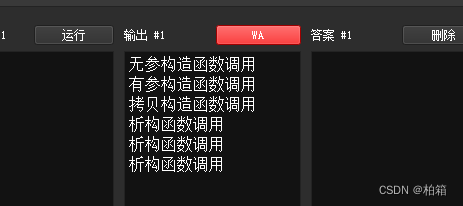
3.隐式转化法
#include<bits/stdc++.h>
using namespace std;
using ll = long long;
class person
{
public:
int age;
person(){
cout << "无参构造函数调用" << '\n';
}
person(int a){
age = a;
cout << "有参构造函数调用" << '\n';
}
//拷贝构造函数
person(const person &p){
//将传入的拷贝到我身上
age = p.age;
cout << "拷贝构造函数调用" << '\n';
}
~person(){
cout << "析构函数调用" << endl;
}
};
void test(){
//1.括号法
// person p1;
// person p2(10);
// person p3(p2);
//2.显示法
// person p4;
// person p5 = person(10);
// person p6 = person(p5);
//3.隐式转化法
person p4 = 10;//相当于 person p4(10)或者person p4 = person(10)
person p5 = p4;//拷贝构造
}
int main(){
ios::sync_with_stdio(0),cin.tie(0),cout.tie(0);
test();
return 0;
}
匿名对象


3.拷贝构造函数调用时机
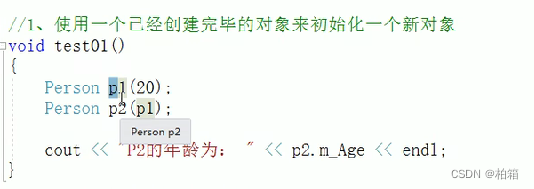

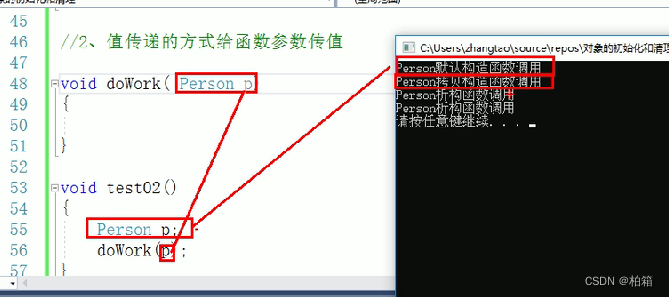

4.构造函数调用规则

1.定义有参构造函数,不提供默认无参构造,会默认提供拷贝构造
如下代码,调用了无参构造函数,结果报错了
#include<bits/stdc++.h>
using namespace std;
using ll = long long;
class person
{
public:
int age;
// person(){
// cout << "无参构造函数调用" << '\n';
// }
person(int a){
age = a;
cout << "有参构造函数调用" << '\n';
}
//拷贝构造函数
person(const person &p){
age = p.age;
cout << "拷贝构造函数调用" << '\n';
}
~person(){
cout << "析构函数调用" << endl;
}
};
void test(){
person p;
}
int main(){
ios::sync_with_stdio(0),cin.tie(0),cout.tie(0);
test();
return 0;
}2.定义拷贝构造函数,不会提供其他构造函数
这里调用了无参构造函数,结果报错了
#include<bits/stdc++.h>
using namespace std;
using ll = long long;
class person
{
public:
int age;
// person(){
// cout << "无参构造函数调用" << '\n';
// }
// person(int a){
// age = a;
// cout << "有参构造函数调用" << '\n';
// }
//拷贝构造函数
person(const person &p){
age = p.age;
cout << "拷贝构造函数调用" << '\n';
}
~person(){
cout << "析构函数调用" << endl;
}
};
void test(){
person p;
}
int main(){
ios::sync_with_stdio(0),cin.tie(0),cout.tie(0);
test();
return 0;
}


